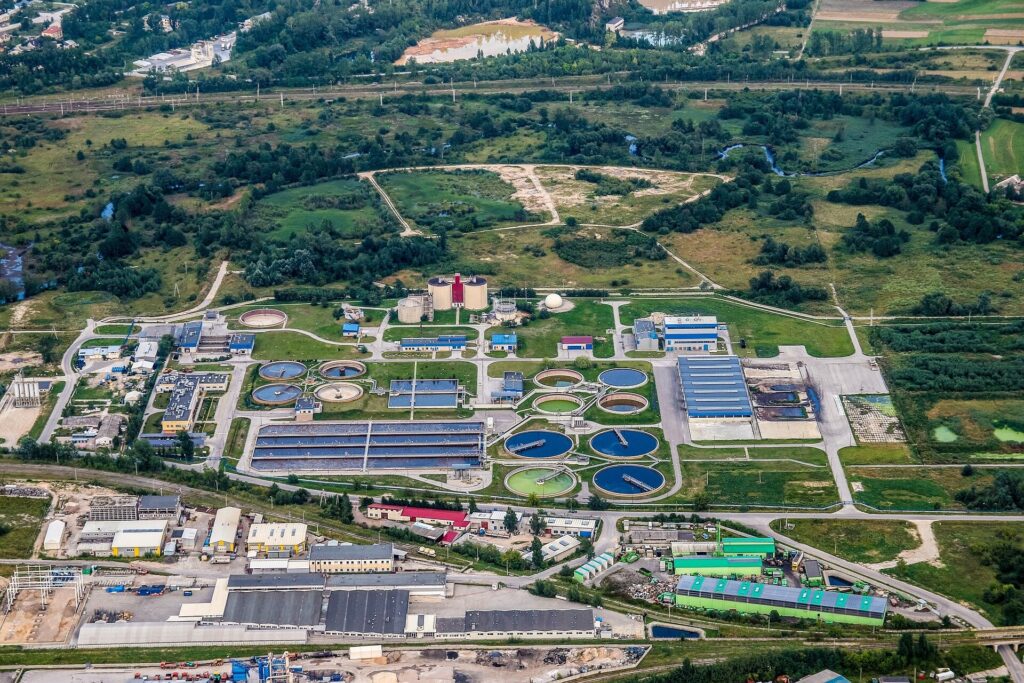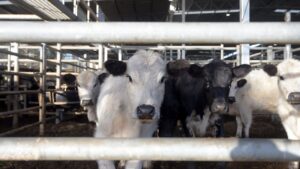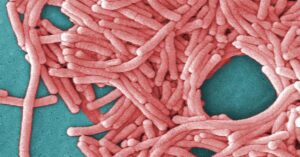
In a groundbreaking study, scientists have discovered that natural compounds found in turmeric and rhubarb could play a crucial role in combating antibiotic-resistant bacteria found in wastewater. This revelation comes amidst growing concerns about the proliferation of drug-resistant bacteria, often termed “superbugs,” which pose significant threats to global public health.
When individuals consume antibiotics, a portion of the drug is excreted through urine and feces, eventually making its way into wastewater systems. This environment, with its low antibiotic concentrations, inadvertently fosters the evolution of resistant bacterial strains. Researchers at a wastewater treatment facility identified multi-drug-resistant bacteria species that, while typically harmless to healthy individuals, have the potential to transfer resistance genes to more dangerous pathogens like E. coli.
Natural Solutions to a Growing Problem
The research team, led by Dr. Liyuan “Joanna” Hou of Utah State University, explored the potential of natural compounds to mitigate this issue. Their study, published in Frontiers in Microbiology, highlights the effectiveness of curcumin from turmeric and emodin from rhubarb in targeting these resistant bacteria.
“Without improved treatment, wastewater could serve as a breeding ground for ‘superbugs’ that may enter water resources such as rivers, lakes, and reservoirs, posing potential risks to public health,” said Dr. Hou.
The scientists’ objective was to isolate and characterize multidrug-resistant bacteria, analyze the molecular mechanisms of resistance through whole-genome sequencing, and evaluate the potential of natural compounds as alternative mitigation strategies.
The Evolution of Resistance
Antibiotic resistance occurs when bacteria adapt to survive exposure to antibiotics. This adaptation is more likely when bacteria encounter sub-lethal doses of antibiotics, allowing survivors to develop resistance. Infections caused by these resistant strains can render standard treatments ineffective, complicating routine medical procedures and illnesses.
Some bacteria exhibit resistance to multiple antibiotics, necessitating the use of “last resort” drugs like colistin. However, the research team found bacterial colonies in Logan, Utah’s wastewater treatment plant that were resistant even to colistin, underscoring the urgency of finding alternative solutions.
The team screened samples using sulfamethoxazole to identify nine antibiotic-resistant strains. These strains were tested against various antibiotic classes, and their genomes were sequenced to identify resistance genes. One strain, U2, was particularly concerning due to its resistance to all tested antibiotics.
“While not traditionally classified as top-priority clinical pathogens, some are opportunistic pathogens associated with infections such as pneumonia in immunocompromised individuals,” explained Dr. Hou. “These bacteria could also act as environmental reservoirs, transferring resistance genes to other bacteria, including clinically relevant pathogens.”
Testing Natural Compounds
The researchers challenged the resistant bacteria with 11 natural compounds, including berberine, chlorflavonin, chrysin, curcumin, emodin, hesperidin, naringin, quercetin, resveratrol, rutin, and 2′-hydroxyflavone. They assessed the compounds’ effects on cell growth, biofilm formation, and bacterial activity.
Curcumin and emodin emerged as the most effective, inhibiting cell growth and biofilm formation. While curcumin and higher doses of emodin reduced bacterial activity, lower doses of emodin unexpectedly increased activity in several strains. However, Gram-negative bacteria like Chryseobacterium remained resistant to all tested compounds.
“While natural compounds like curcumin and emodin show promise in inhibiting Gram-positive multidrug-resistant bacteria, further research is needed,” said Dr. Hou. “Future work should include testing these compounds in complex wastewater matrices, exploring synergistic effects with existing treatment processes, and assessing long-term impacts on microbial communities and resistance dynamics.”
Looking Ahead
The findings suggest that natural compounds could be integrated into wastewater treatment processes to combat antibiotic resistance. However, scaling from laboratory studies to pilot-scale trials will be crucial for evaluating feasibility and environmental safety. As the threat of antibiotic resistance looms large, innovative approaches such as these offer hope for mitigating its impact.
For more information, refer to the study titled “From Wastewater to Resistance: Characterization of Multidrug-Resistant Bacteria and Assessment of Natural Antimicrobial Compounds,” published in Frontiers in Microbiology (2025).







